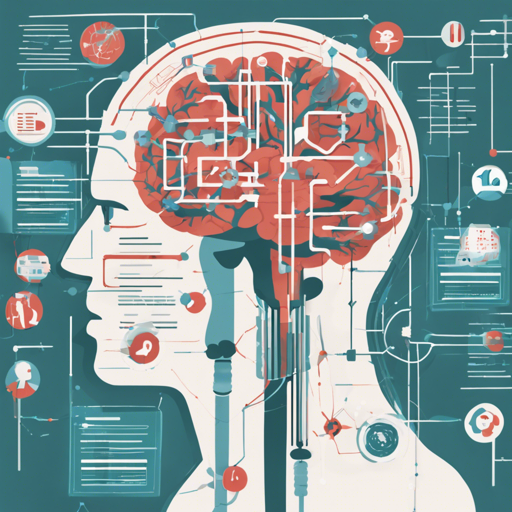With the rise of advanced technology, particularly in artificial intelligence, we can now effectively extract structured information from unstructured biomedical data. This process, called Biomedical Information Extraction (BioIE), involves using language models and various techniques to transform complex and often inconsistent biological texts into usable knowledge.
What is BioIE?
BioIE refers to the methods employed to extract structured information from unstructured or inconsistently structured biomedical data. The intricacy of the data often arises from the technical language found in scientific literature and clinical reports. The challenge lies in verifying the results and maintaining consistency across various sources of information.
Why Use BioIE?
- Enhances accessibility of medical knowledge.
- Facilitates research by transforming data into useful insights.
- Helps in integrating information from diverse sources.
How to Get Started with BioIE?
To begin extracting information from biomedical texts, follow these structured steps:
- Identify Your Data Sources: Look for collections of biomedical texts like research articles or clinical notes.
- Select Your Tools: Use libraries like Biopython or frameworks such as spaCy that are tailored for natural language processing tasks.
- Choose Your Model: Employ language models such as BERT or GPT-3 that are designed to work with biomedical texts.
- Extract Information: Run your chosen methods on the data to pull out meaningful structured information.
Understanding BioIE with an Analogy
Think of BioIE like a skilled librarian sorting through a chaotic library. Each book represents a piece of unstructured biomedical data. The librarian (representing the BioIE process) goes through each book, identifies important pieces of information (such as author names, publication dates, and key findings), and organizes them into categorized spreadsheets. This transformation makes it easier for researchers to find the information they need without wandering aimlessly through the vast stacks of unstructured texts.
Troubleshooting Common Issues
If you encounter challenges while extracting information using BioIE, consider the following troubleshooting tips:
- Data Quality: Ensure your data is up to date and properly formatted. Inconsistent or outdated documents can lead to inaccurate extraction results.
- Model Performance: Experiment with different language models if the results are not satisfactory. Sometimes, fine-tuning or choosing a specialized model can improve outcomes.
- Technical Errors: Check for compatibility issues between your libraries and tools. Ensure that all dependencies are correctly installed and configured.
For more insights, updates, or to collaborate on AI development projects, stay connected with fxis.ai.
Conclusion
Extracting information from unstructured biomedical data is a vital task that aids researchers in making informed decisions. With the right tools, models, and approaches, the complexities of BioIE can be tackled effectively.
At fxis.ai, we believe that such advancements are crucial for the future of AI, as they enable more comprehensive and effective solutions. Our team is continually exploring new methodologies to push the envelope in artificial intelligence, ensuring that our clients benefit from the latest technological innovations.

